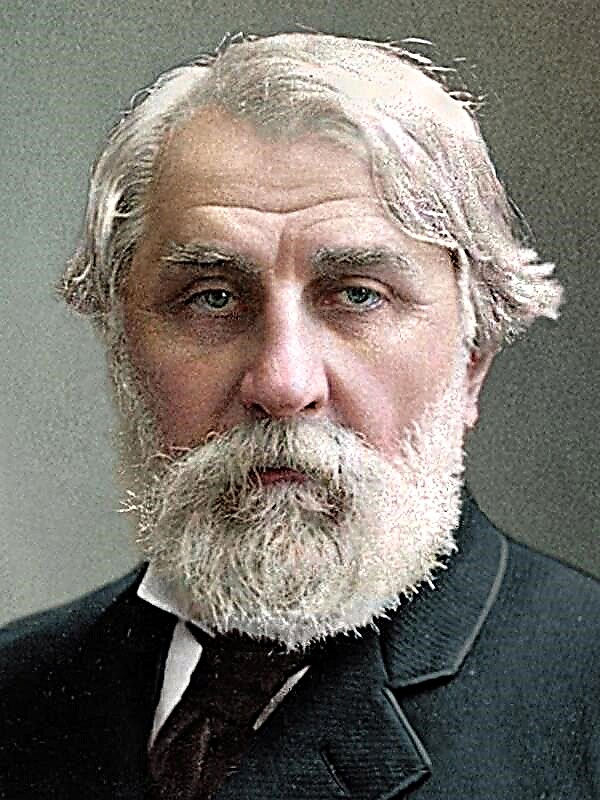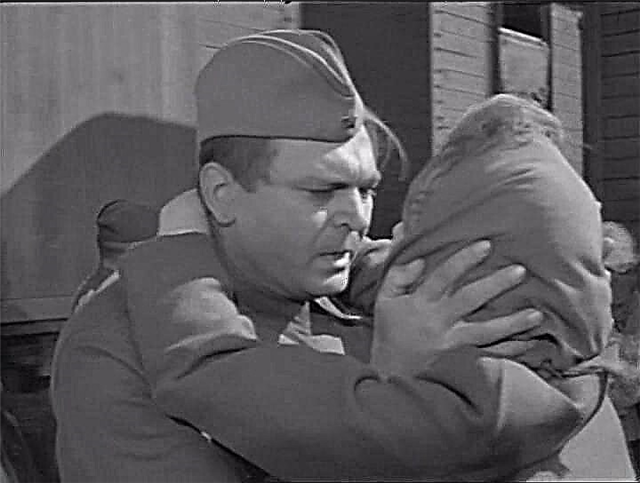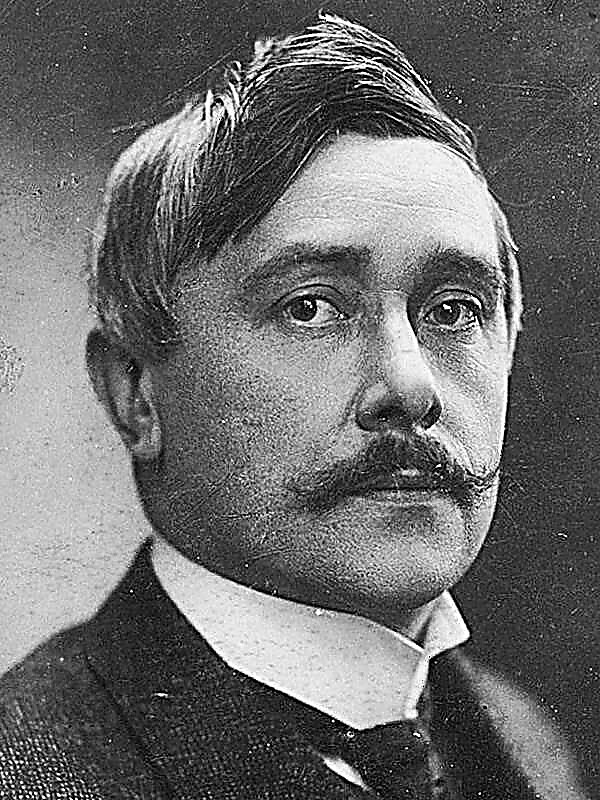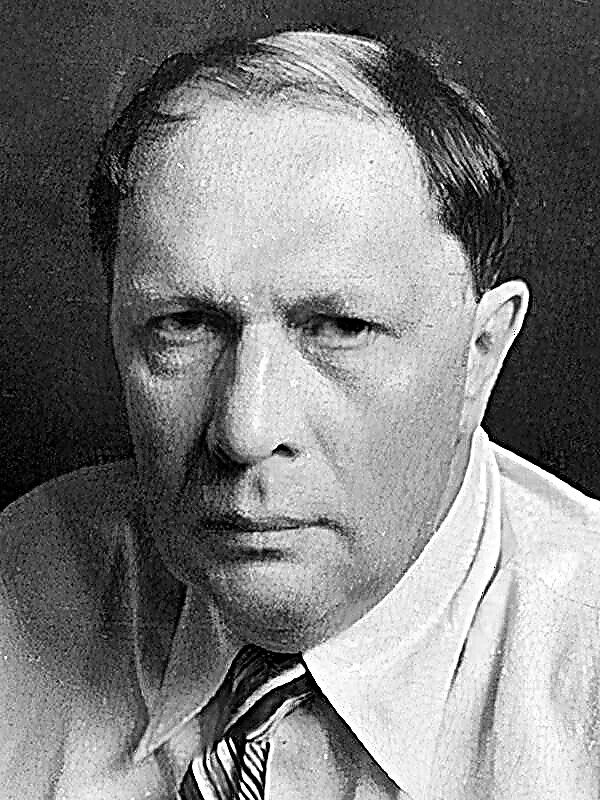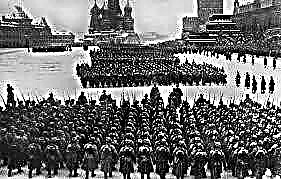(302 words) Undoubtedly, Petersburg is one of the brightest and most famous cities in Russia, in which cultural life is booming. Many poets and prose writers turned to him in their works, and Nikolai Vasilievich Gogol is no exception. There is no single image of the capital in the writer's work - it changes depending on the work.
In the novel “The Night Before Christmas” (1832), the capital appears before the reader as a fairy-tale city. The blacksmith Vakula flies there on the devil, and "all of a sudden St. Petersburg sparkled before him all on fire." It seemed to the hero that all the houses were alive and were looking at him, and the carriages were flying. Perhaps Gogol himself at that time saw Northern Palmyra as a magical city.
The capital looks completely different in the story "The Overcoat" (1842). It no longer seems bewitching: "St. Petersburg gray sky", dirty "deserted streets", wretched little apartments. There are motifs of eternal cold, darkness and wind, which later become cross-cutting in the writer's work. By the way, this book is called "St. Petersburg", and in the future it will be printed as part of the collection "Petersburg Tales".
Gogol skillfully expresses his opinion about the city in the poem Dead Souls (1841). Although the action in the work does not take place in the capital, Petersburg repeatedly appears in comparative turnovers:
The ladies of the city of N were distinguished, like many ladies of St. Petersburg;
Some of them were of such a kind that it was difficult to distinguish them from St. Petersburg ones ... and they made women laugh the same way as in St. Petersburg.
In addition, it was there that a story happened, entitled by the author as “The Tale of Captain Kopeikin”. Here St. Petersburg and its inhabitants look indifferent, even ruthless - no one helped a crippled soldier who valiantly fought in the war with Napoleon; on the contrary, he was expelled from the capital with shame. Defender of the Fatherland turns into a criminal, because only in this way can he cope with difficulties. Petersburg is an inhospitable city where the “little man" cannot survive.
Thus, you can see that Gogol’s attitude to the capital has changed over time. From a fabulous place, Petersburg gradually turned into a vicious den, populated by flattering and pompous officials who do not care about the lives of ordinary people.



